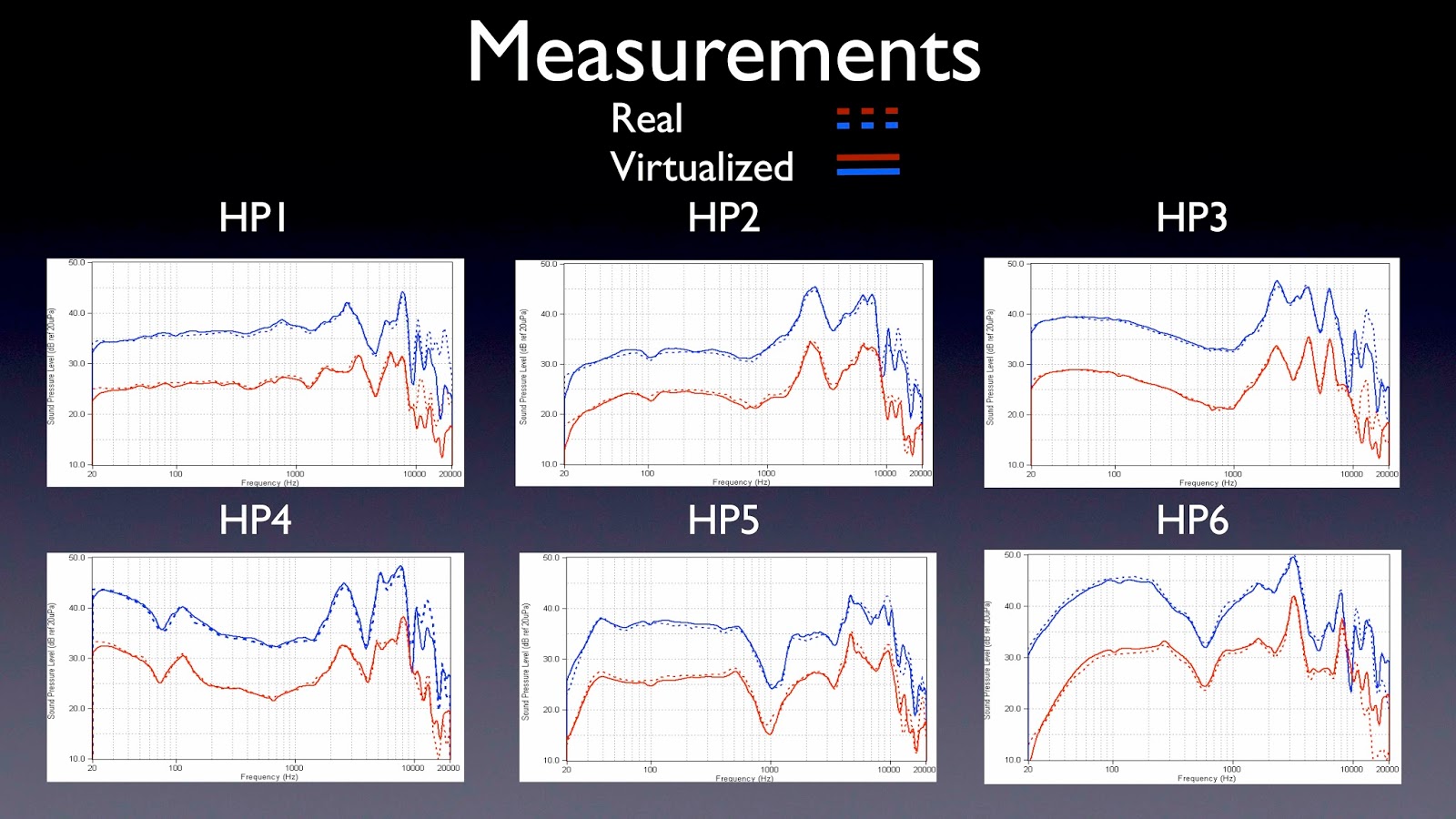posvibes
Senior Member
- Joined
- Jul 4, 2020
- Messages
- 362
- Likes
- 490
When I am in the right mood I consider them to be really very good headphones (using Amir's EQ) but even without and maybe it's my deteriorating hearing I don't consider them overly bright, but very present. My idea of bass must be somewhat lacking because I consider them to have quite some slam and that atmospheric bass drone stuff you get in movie soundtracks is well presented to my taste.
My AKG371's Harman tuned are much more subtle and relaxed, atmospheric and layered and offer relief after a few sessions with the Sony's, but I like all my headphones and it doesn't take long for me to adjust and enjoy most of them, I am promiscuous in that way I guess.
Except for the AKG240HD's that should be mounted on a tumbril paraded through the streets, cursed and heaped upon with excrement and eventually burnt at the stake. What were they thinking?
My AKG371's Harman tuned are much more subtle and relaxed, atmospheric and layered and offer relief after a few sessions with the Sony's, but I like all my headphones and it doesn't take long for me to adjust and enjoy most of them, I am promiscuous in that way I guess.
Except for the AKG240HD's that should be mounted on a tumbril paraded through the streets, cursed and heaped upon with excrement and eventually burnt at the stake. What were they thinking?

